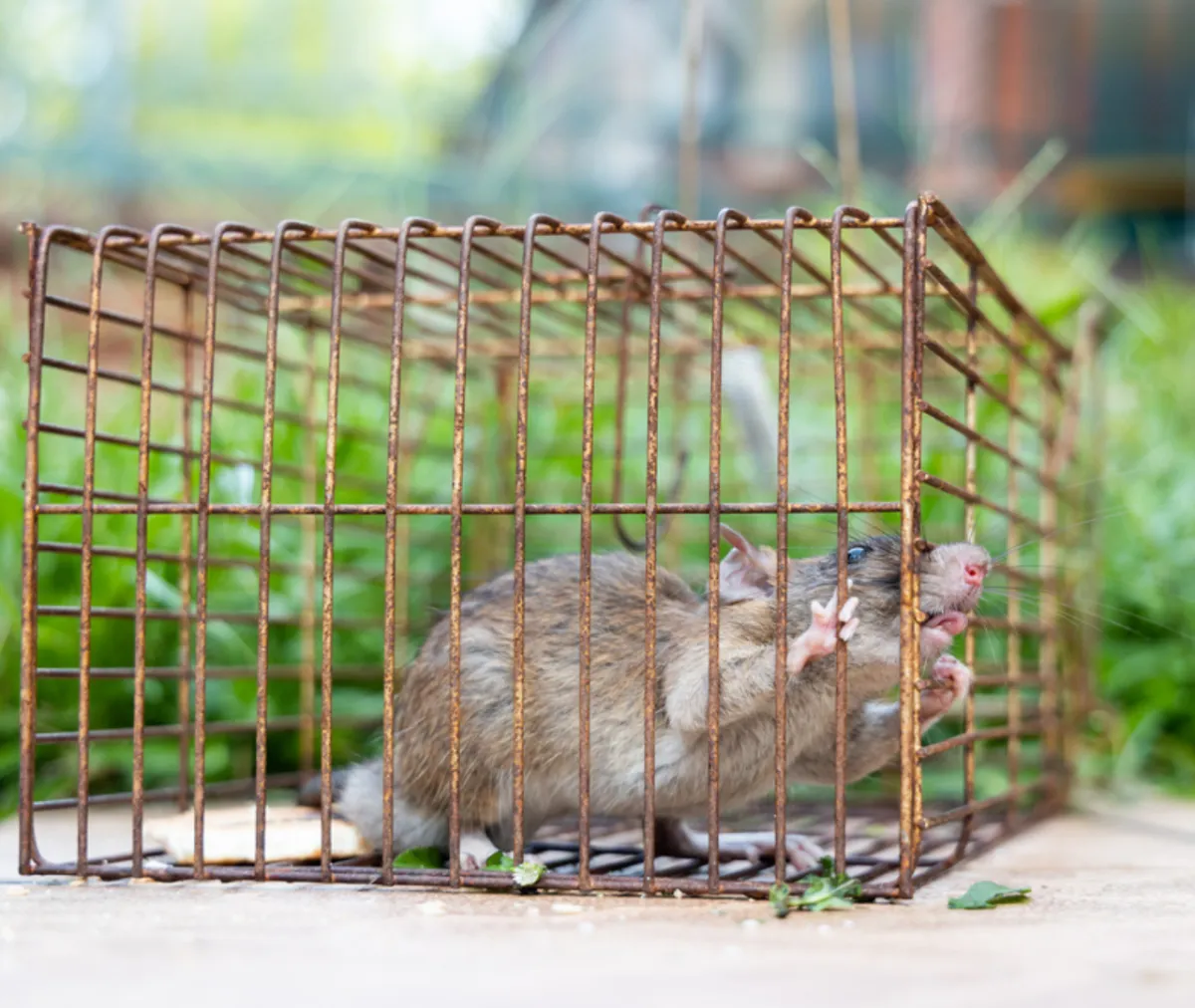
Understanding the Threat of Termites and Rodents: A Guide to Home Pest Prevention
Termites and rodents are two of the most common and damaging pests that homeowners face. While they might seem harmless at first glance, both can cause significant structural damage, pose health risks, and create costly problems if left unchecked. Understanding the specific threats posed by termites and rodents is the first step in effectively preventing infestations and protecting your home. In this article, we’ll dive into the behaviors of these pests, the damage they cause, and how you can prevent them from invading your space.
The Hidden Threat of Termites
Termites, often called "silent destroyers," are among the most dangerous pests to a home’s structure. These small insects feed on cellulose, which is found in wood, paper, and other plant-based materials. While termites can cause extensive damage to homes, their activity is often not detected until it’s too late.
The Damage Termites Can Cause
Termites can compromise the structural integrity of your home by chewing through wood, drywall, insulation, and even furniture. They are particularly dangerous because they often work out of sight, silently eating away at wooden structures, such as beams, flooring, and window frames. This can lead to costly repairs and, in some cases, make a home unsafe.
The damage can go unnoticed for a long time, especially in areas like basements, crawl spaces, or inside walls. The initial signs of termite activity may include:
Mud tubes: Termites use these tubes to travel from their nest to their food source. They are often found along exterior walls, near the foundation, or in basements.
Hollow-sounding wood: When you tap on wooden structures, a hollow sound can indicate termite activity inside.
Swarms of winged termites: If you see swarms of winged insects inside or near your home, this is a sure sign of a termite colony nearby.
Prevention Tips for Termites
The best way to prevent termites is by taking proactive measures to reduce the chances of an infestation. Here’s what you can do to protect your home:
Eliminate Moisture: Termites thrive in moist environments. Fix leaky pipes and ensure proper drainage around your home. Use a dehumidifier in damp areas like basements and crawl spaces.
Seal Entry Points: Seal cracks and gaps around windows, doors, and foundations to prevent termites from gaining access to your home.
Install Termite Barriers: If you live in an area prone to termite activity, consider installing termite barriers or using a professional pest control service to apply liquid treatments or bait systems around your property.
Regular Inspections: Schedule annual termite inspections with a professional to catch any early signs of infestations. This can help you address potential problems before they become a costly issue.
The Menace of Rodents
Rodents, such as mice and rats, are another common household pest that can cause significant damage and health concerns. They are attracted to homes in search of food, warmth, and shelter, and once they gain access, they can multiply rapidly, creating a serious problem.
The Damage Rodents Can Cause
Rodents are notorious for gnawing on everything from wires to furniture. Their constant chewing can lead to electrical fires, structural damage, and the destruction of belongings. In addition to physical damage, rodents can also spread diseases, contaminate food, and trigger allergies. Here are some of the most concerning issues associated with rodent infestations:
Gnawing on wires and insulation: Rats and mice chew through wires, potentially causing electrical fires. They can also damage insulation and wooden structures.
Contamination of food and surfaces: Rodent droppings and urine can contaminate food, countertops, and other surfaces. This can spread diseases such as Hantavirus, Salmonella, and Leptospirosis.
Nesting in hidden areas: Rodents often build nests in hidden areas such as attics, basements, or behind walls. These nests can house fleas, ticks, and other parasites that pose additional health risks.
Prevention Tips for Rodents
Preventing rodents from entering your home is essential to avoiding the costly damage and health risks associated with infestations. Here’s how you can protect your home:
Seal Cracks and Gaps: Rodents can squeeze through openings as small as a quarter of an inch. Seal all gaps around windows, doors, and the foundation of your home to prevent entry.
Keep Food Stored Properly: Store food in airtight containers and avoid leaving crumbs or food scraps out. Clean up any spills immediately to remove potential food sources for rodents.
Trim Vegetation: Rodents use trees, shrubs, and vines to access your home. Trim back any plants that are touching or growing near the walls of your home.
Use Traps and Baits: Set traps in areas where you’ve noticed signs of rodents. Bait stations can also be used to lure rodents away from your home.
Remove Nesting Sites: Clean up clutter in basements, attics, garages, and storage areas where rodents may build nests. Keep these areas organized and free of debris.
The Importance of Integrated Pest Management (IPM)
Both termites and rodents require a comprehensive approach to pest management. Integrated Pest Management (IPM) is a sustainable strategy that combines multiple methods to prevent and control pest infestations. IPM focuses on long-term prevention, using a combination of techniques such as:
Physical barriers: Sealing entry points to prevent pests from entering your home.
Biological control: Using natural predators to control pest populations, such as introducing nematodes for termites or encouraging natural rodent predators like owls.
Chemical control: When necessary, using non-toxic or less harmful chemicals as a last resort.
IPM takes a holistic approach to pest control, reducing the need for harmful chemicals and promoting environmentally friendly practices.
Conclusion
Termites and rodents pose significant threats to your home’s structure, safety, and cleanliness. By understanding their behaviors and taking preventative steps, you can protect your property from these destructive pests. Regular inspections, proper maintenance, and sealing entry points are essential to minimizing the risk of infestations. When combined with sustainable pest control methods like Integrated Pest Management, you can safeguard your home while maintaining a healthy, pest-free environment for your family.